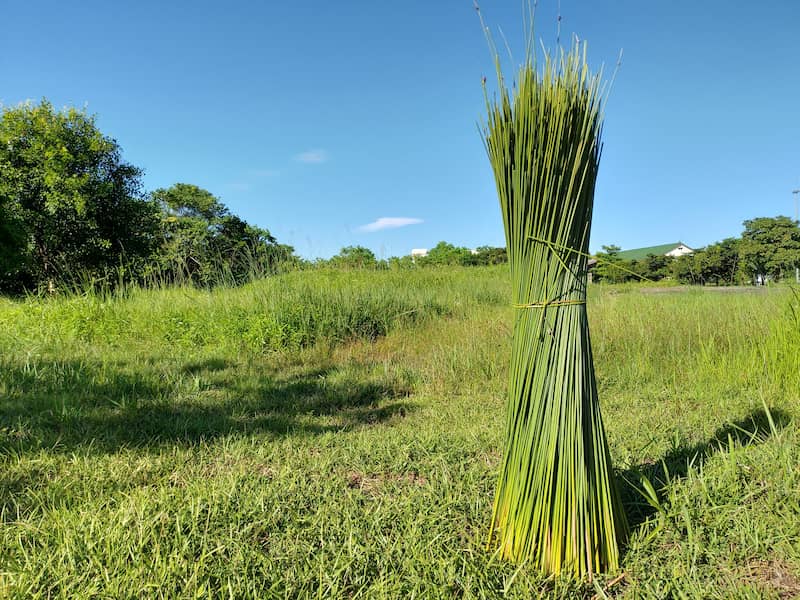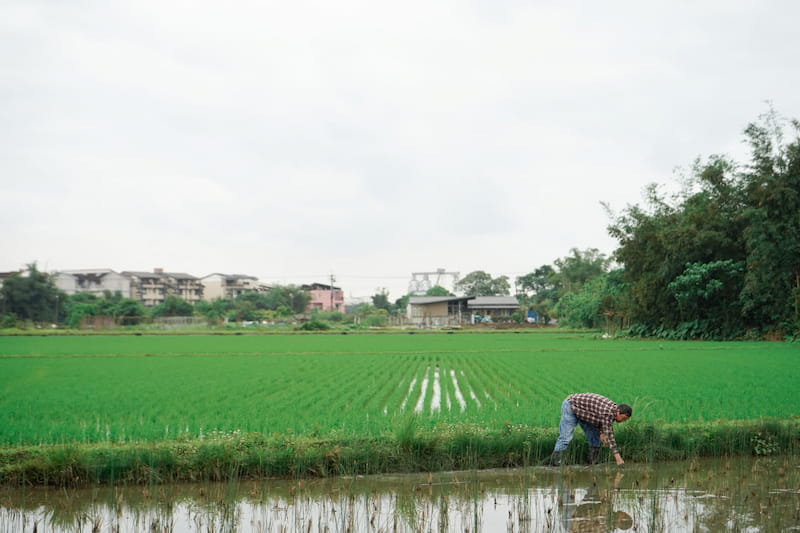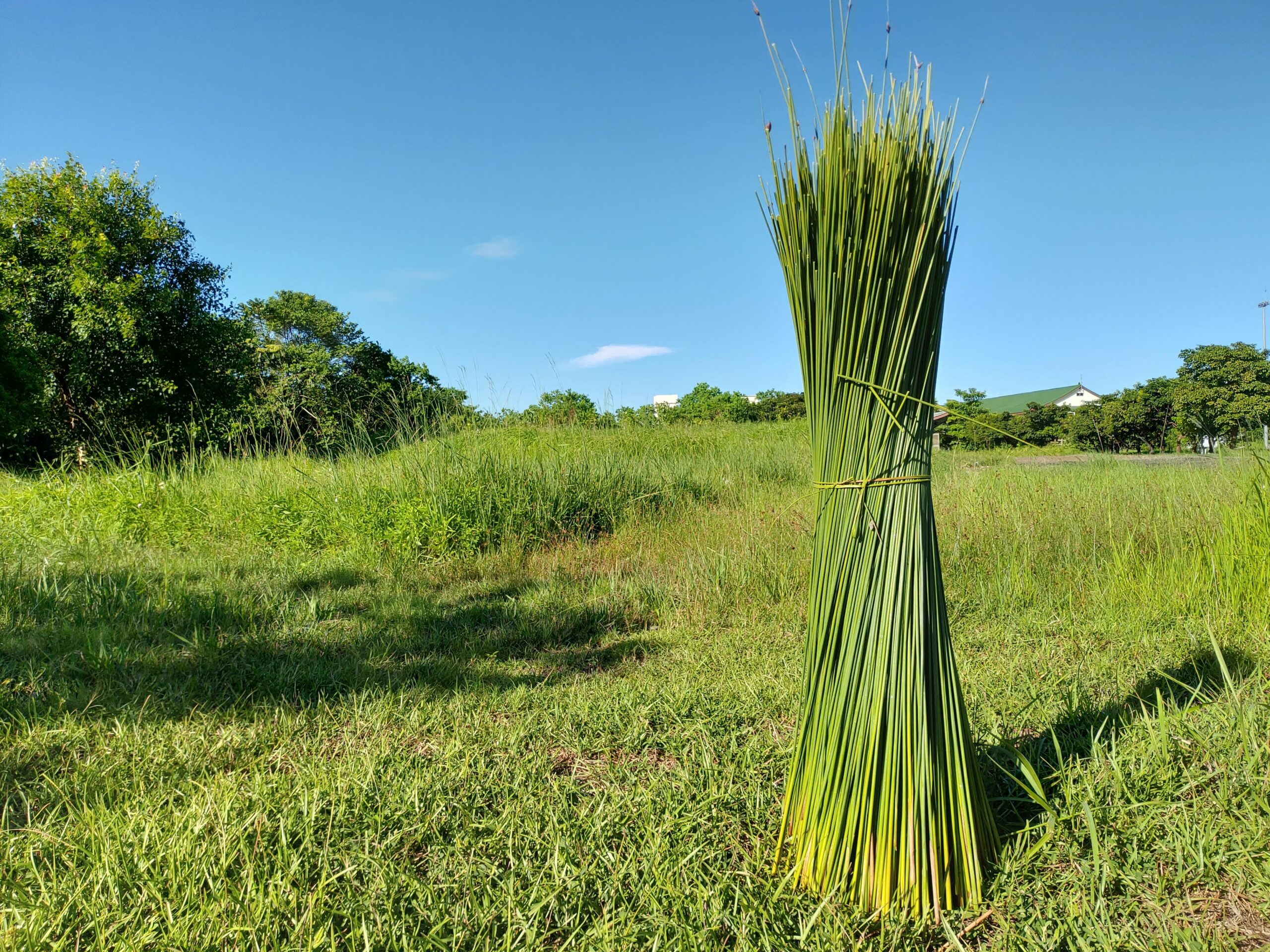As companies pursue profits, how can they deepen their sustainability commitments and implement more impactful ESG strategies? This is no longer a matter of choice—it’s a necessary path for businesses to demonstrate competitiveness and social responsibility in today’s market. While many ESG efforts still focus on beach cleanups and tree planting, the market is calling for more innovative and substantive approaches that deliver real impact.
Adopting Grass Farm is emerging as a powerful new trend, opening a fresh chapter for corporate ESG practices by creating measurable ecological and social value. This approach enables companies to implement concrete sustainability actions while adding tangible, data-driven highlights to their sustainability reports—effectively enhancing the company’s green image and influence.

Corporate ESG: Time to Go Beyond Cleanups and Tree Planting
Traditionally, corporate environmental actions have focused on reducing internal emissions, green procurement, or well-known ESG activities like beach cleanups and tree planting. These efforts are certainly important and help raise public environmental awareness. However, we must also think deeply about how to take a step further—addressing the root causes rather than merely managing the symptoms.
The emergence of Grass Farm adoption offers companies a powerful and innovative intersection between environmental stewardship (E) and social responsibility (S). This is more than just a corporate donation—it's an investment into a living ecosystem with multiple sustainability benefits. It represents a new model that combines environmental investment with measurable social impact.
This adoption initiative offers multiple benefits, making it a standout highlight for companies to showcase in their sustainability reports:



- High-Impact Carbon Sequestration:
Outstanding Carbon Reduction Potential Grass Straws boasts exceptional carbon absorption capabilities throughout its growth cycle. It can capture up to 400 metric tons of CO₂ per hectare per year—7 to 10 times more than traditional rice paddies. Uniquely, our grass fields are harvested without tilling, allowing soil organic matter to accumulate and enhancing soil carbon storage. By adopting a grass field, your company directly contributes to global carbon reduction goals, gaining tangible, data-backed evidence to support your carbon offset and ESG reporting. - Eco-Friendly Farming:
A Clean Habitat Nurturing Biodiversity. Each Grass field is a thriving wetland ecosystem. We practice eco-friendly farming—no pesticides, herbicides, or insecticides—preserving soil health and creating safe, chemical-free habitats. This clean environment supports a diverse range of life, from aquatic species and birds to local wildlife such as the Crab-Eating Mongoose and Paguma. By adopting a Grass Farm, your company becomes an active participant in biodiversity restoration, demonstrating a real commitment to natural capital. This initiative directly supports UN SDG 15: Life on Land, aligning corporate action with global sustainability goals. - Revitalizing Local Communities:
Empowering Farmers and Attracting Young Talent. Grass Straws farming is breathing new life into local agriculture. Through field adoption, companies enter contract-growing partnerships with farmers and offer purchase prices higher than traditional rice crops. This approach stabilizes farmer incomes, boosts profitability, and encourages young farmers to return to the land, reinvigorating rural employment. Beyond individual livelihoods, this initiative activates idle land, generates sustainable job opportunities, and stimulates local economic momentum—directly contributing to UN SDG 11: Sustainable Cities and Communities and SDG 12: Responsible Consumption and Production. It’s more than support—it’s co-creation of rural resilience.
Incorporating the benefits of adopting grass farm into sustainability reports: specific and measurable.
The benefits brought by adopting grass farm are not abstract concepts—they are ESG impacts that can be precisely measured with concrete data.
Environmental (E):
- Estimated annual carbon absorption of 400 metric tons per hectare—delivering concrete data on carbon sequestration contributions.
- Report the area under eco-friendly farming along with zero usage of pesticides, herbicides, and insecticides.
- Monitor and record biodiversity reports, such as changes in species count or diversity index.
Social (S):
- Report on the stable income and growth benefits provided to smallholder farmers.
- Track the number of young farmers returning and local employment opportunities created.


Beyond Imagination: Green Impact Unleashed
Adopting Grass Farm is more than just sourcing Grass Straws—it is a solemn commitment by companies to the environment and society. This commitment extends a company’s green footprint from products to the land, from consumption to ecosystem restoration and agricultural revitalization.
Through concrete Grass Farm adoption, businesses can truly unlock a new level of ESG performance, moving beyond traditional activities like beach cleanups and tree planting. It demonstrates to the world a firm resolve and strength in sustainable collaboration, while enhancing brand image.
With green marketing, companies attract consumers and partners who share sustainability values, together painting a beautiful, lasting blueprint for our planet’s future.
Beyond Traditional ESG
Joining Hands to Create a Greener Future!
Tired of the same old corporate environmental initiatives? By adopting Grass Farm, your company can engage in a sustainable innovation that combines local revitalization, carbon sequestration, and biodiversity. This is more than an investment—it’s a profound commitment to harmony with nature and fulfilling corporate social responsibility. Join us and showcase your industry-leading dedication to sustainable collaboration!


